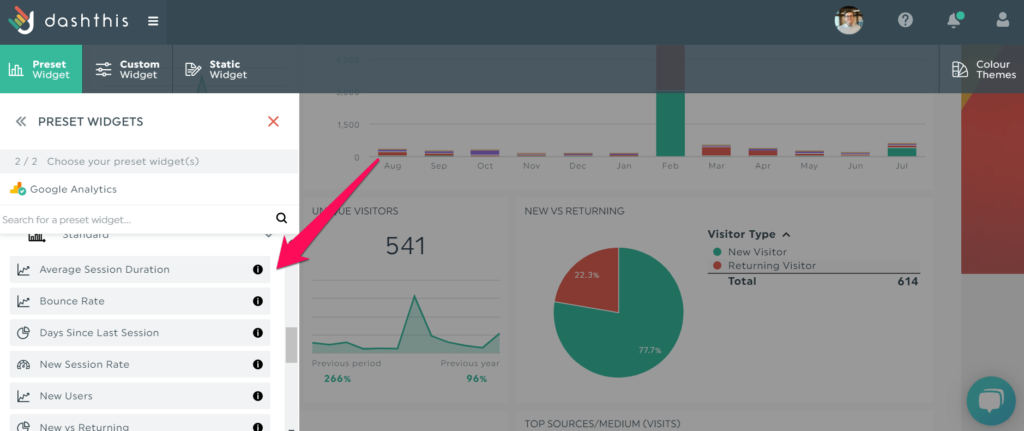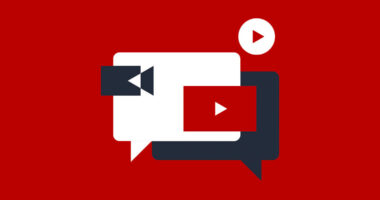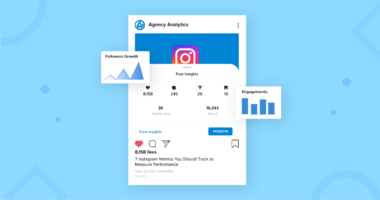Social media is always evolving. Marketing strategies that were effective five years ago may be completely obsolete now. Remember how engaging it was to just publish at the correct moment with a few hashtags? It’s far more difficult to reach the same amount of social media impressions as companies did in the past, owing to algorithms.
However, monitoring your social media analytics is one method to keep on top of your brand’s online presence. This is something that every company should be doing in some capacity. Social media analytics may give a wealth of information about your followers, target audience, social media habits, and interactions with you.
What are Social Media Metrics
They’re all about analysing data to see how big of an impact your social media presence has on your business. Of course, you want to know how much money your social media channels are bringing in, but social media analytics may also help you track brand recognition and public opinion.
They’re crucial to your social media strategy. You can’t build and improve your brand without measuring your performance in marketing. Measuring metrics will offer you a detailed picture of how your channels are functioning, how your audience is reacting to them, and how big of an impact you’re making.
There’s usually some discussion over which social indicators are the most crucial to monitor. There is so much information available to company owners about their social media pages—both in-app and through third-parties—that it can be difficult to decide what to focus on if you’re new to the game.
Traditional metrics like click-through rate and engagement are important to some marketers, while others swear by bounce rate and social share of voice.
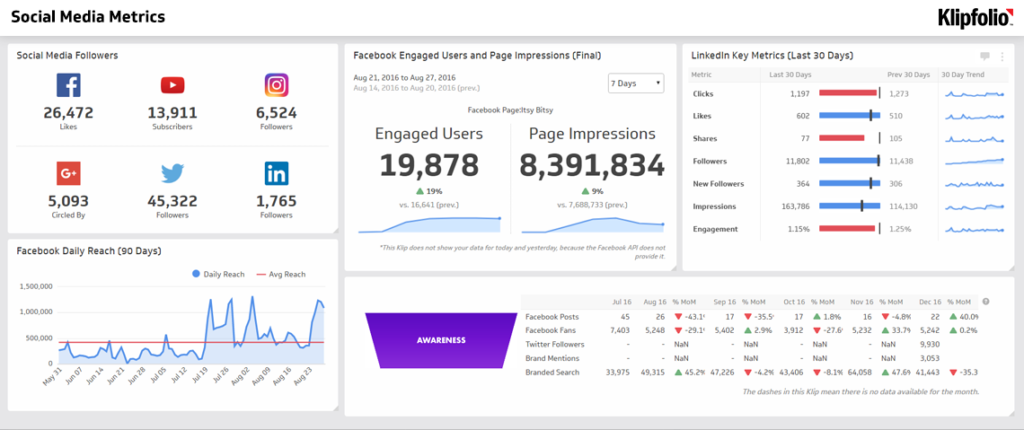
Why Social Media Metrics are the most important?
Social media metrics are important because they provide valuable insights into the performance and effectiveness of a social media campaign. By tracking and analyzing metrics, businesses and marketers can better understand how their audience is engaging with their content and adjust their strategies accordingly to achieve their objectives.
Here are some reasons why social media metrics are important:
- To measure success: Social media metrics allow you to measure the success of your social media campaigns and determine whether you are achieving your goals or not.
- To identify areas for improvement: By tracking metrics, you can identify areas that need improvement, such as low engagement rates or high bounce rates, and adjust your strategies to improve them.
- To optimize content: Social media metrics provide insights into what types of content perform well with your audience. This information can be used to optimize your content and create more engaging and relevant posts.
- To make data-driven decisions: Social media metrics provide data that can be used to make informed decisions about social media strategies, content, and ad campaigns.
- To demonstrate ROI: Social media metrics provide tangible evidence of the return on investment (ROI) of social media campaigns, which is important for justifying the value of social media marketing to stakeholders and management.
Social Media metrics for Brand Awareness
Brand recognition was the bread and butter of marketing even before the emergence of social media. You want as many people to be aware of and recognise your brand as possible. This may be accomplished, among other things, through targeted posts and collaboration with trustworthy influencers.
Post Reach
This is the number of people who have viewed your post since it was published. Although it’s impossible for everyone of your followers to see everything you publish, a low post reach might indicate that the algorithm isn’t favouring you.
Divide the number of people who saw your post by the number of people who followed you, then multiply by 100. Consider the differences between posts with a high reach and posts with a short reach, and what makes one better than the other.
Audience Growth Rate
This is the rate at which people follow your brand account. To calculate your audience growth rate, start by picking a certain time period to study, such as a few days or months. Calculate how many new followers you got over that time period, then divide that number by the total number of followers.
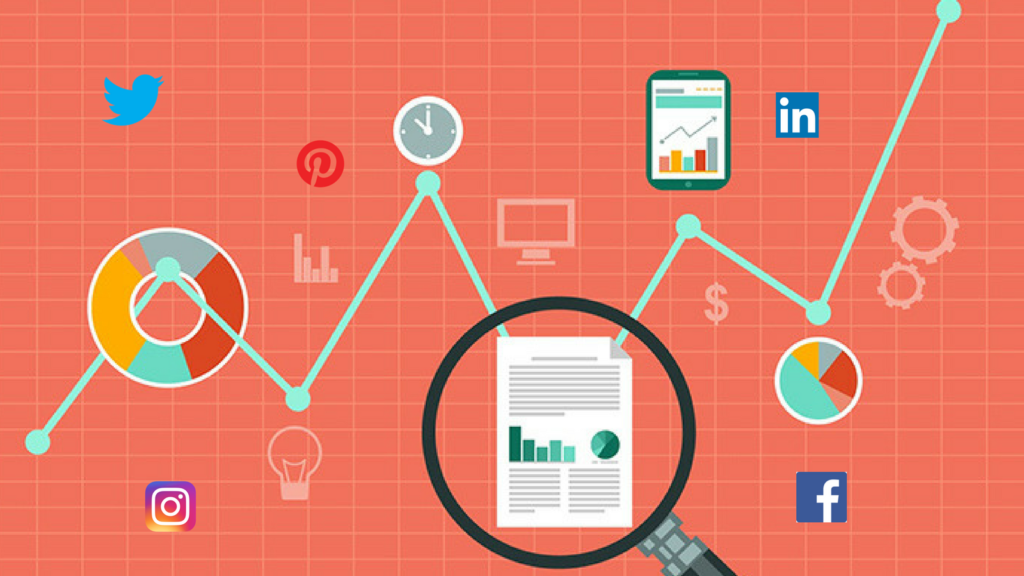
Mentions
In comparison to your rivals, this refers to how much internet “talk” there is about your brand. Identifying your own social share of voice will help you determine whether you need to change your social strategy to generate greater engagement.
To do so, you’ll need to compute your social media mentions, which your social media analytics tools will be able to assist you with. Then multiply your mentions by the total number of mentions made by your rivals to get the overall number of mentions in the industry.
Potential Reach
The amount of individuals who may potentially view a post during a reporting period is measured by potential reach. This is a crucial metric to keep track of since you should always be striving to grow your audience, therefore you should have a target reach in mind.
Track your overall number of brand mentions and how many individuals noticed those mentions with a brand monitoring tool (ie. the number of followers each of those accounts have). To calculate your theoretical reach, multiply those two values together. Then your potential reach is between 2% and 5% of that figure.
Social Media metrics for engaging audience
So you’ve cultivated an audience that’s exactly the right demographic for your company. It’s now all about following through. Here’s how to make sure you’ve built a community of brand lovers that will connect with you and help you develop.
Customer response rate
If you want your postings to reach as many people as possible, you need to engage them. The more comments and shares a post receives, the higher it will rank in Instagram’s algorithm. It’s also crucial to ensure that your consumers feel that the relationship is reciprocal.
Divide the number of replies you delivered in a given period by the number of comments you got, then multiply by 100 to get your customer response rate. It’s a good idea to maintain track of your response rate for each article and ensure that it remains high.
ROI
Is the time and money you spend on social media paying off in the form of consumers, sales, and brand awareness? ROI objectives vary considerably across organisations and are dependent on your goal; nevertheless, a revenue-to-ad ratio of 5:1 is typically regarded acceptable.
Divide the income earned by social media efforts by all of your known social media costs to get a fast estimate of your ROI. Of course, if brand recognition and share of voice are more important to business than revenue, it may be more beneficial to measure those indicators instead.
Bounce Rate
Your bounce rate is the percentage of people who visit a website after clicking on a link from your social media, but then leave without doing anything else. Your social media bounce rate might be compared to your search engine bounce rate or your newsletter bounce rate. If your social media engagement rate is lower, you know you’re reaching a more appropriate audience.
Social Media Metrics to convert into leads
At the end of the day, regardless of your social strategy, the goal of your online presence is to generate revenue for your company. You should monitor how successfully your social media accounts convert your followers into genuine leads on a regular basis.
Conversion Rate
This is the proportion of people who do a certain action, such as clicking a link in your bio or swiping up from your Story. This allows you to determine how relevant your material is.
Your CTA must be trackable in order to determine your conversion rate; for this, you may utilise a free online URL shortener like Bitly. Take the number of conversions—a.k.a. the number of visitors to the link—and divide it by the number of viewers of your Story to see how many people visited your website from your Story. The conversion rate is calculated by multiplying the number by 100.

CPC
It’s critical to check your CPC if you’re investing a substantial amount of money in your social media campaign. This will inform you if it’s worthwhile to continue!
Simply divide the entire cost of your advertisement by the number of clicks it generates. A good CPC will vary depending on your industry. To assist guide future ad design, it’s a good idea to compare several campaigns and discover which has a better CPC.
Conclusion
It’s a good idea to keep track of your social media accounts across all platforms on a frequent basis to ensure they’re growing and meeting goals. This can also assist you in proactively identifying any gaps in your marketing strategy and making necessary adjustments. Keep a spreadsheet of your monthly data so you can track your progress.


